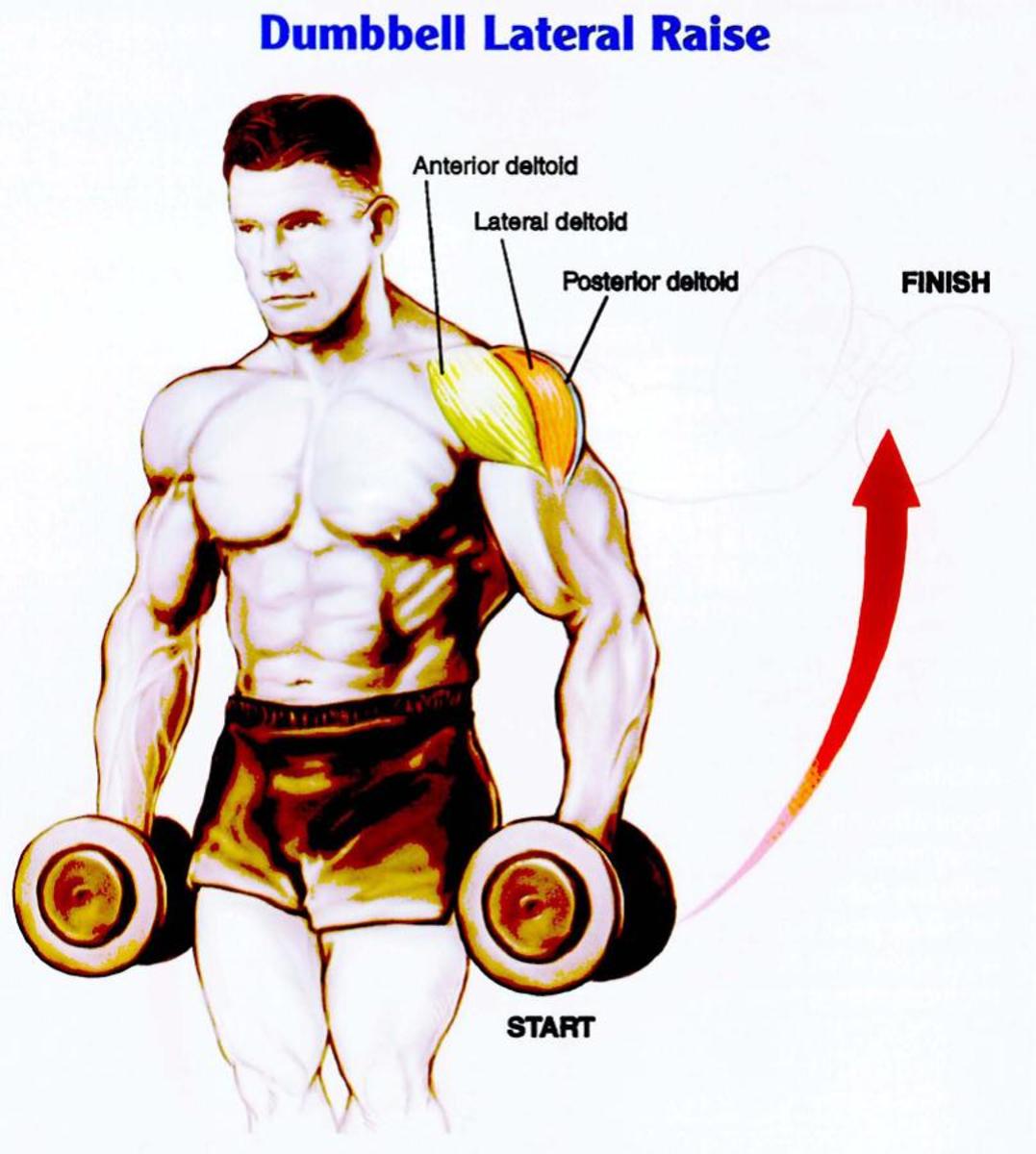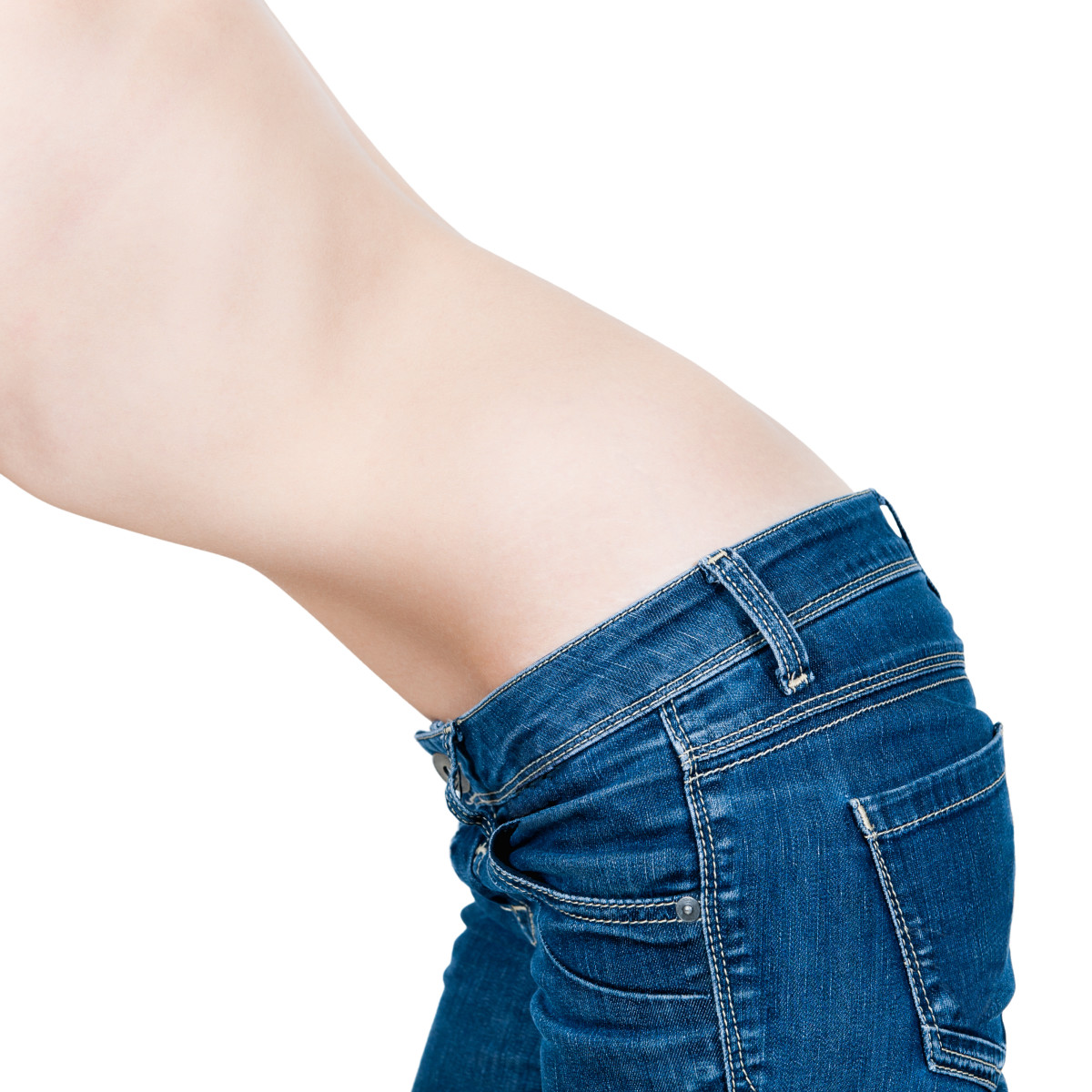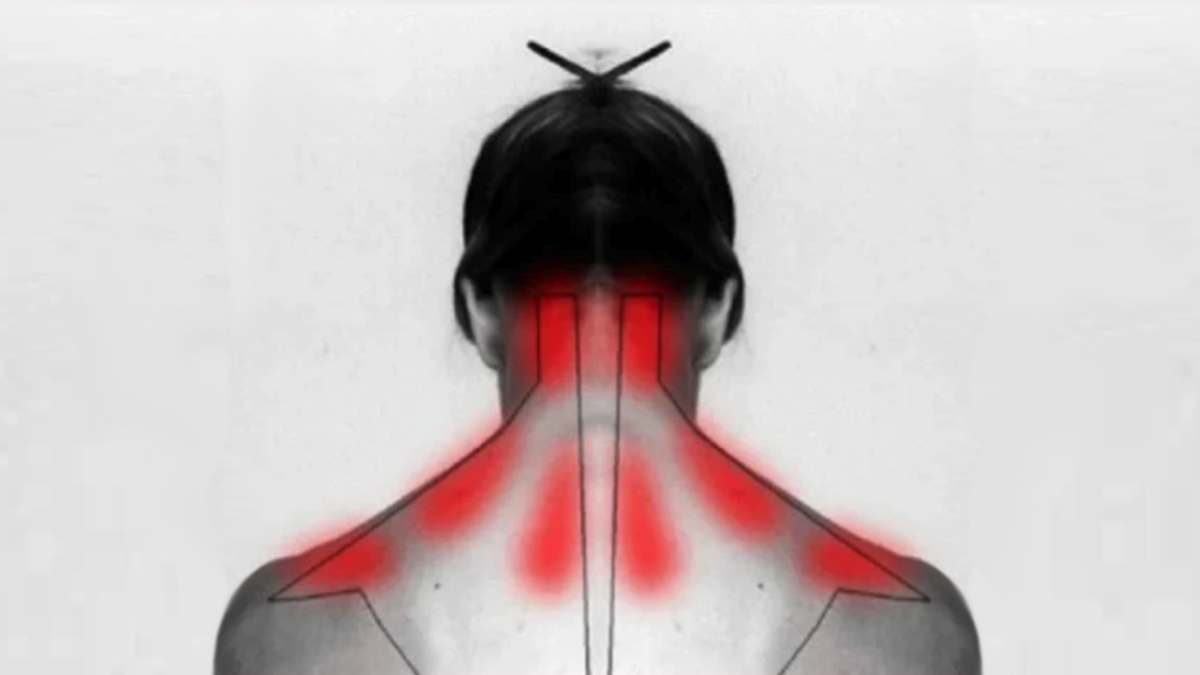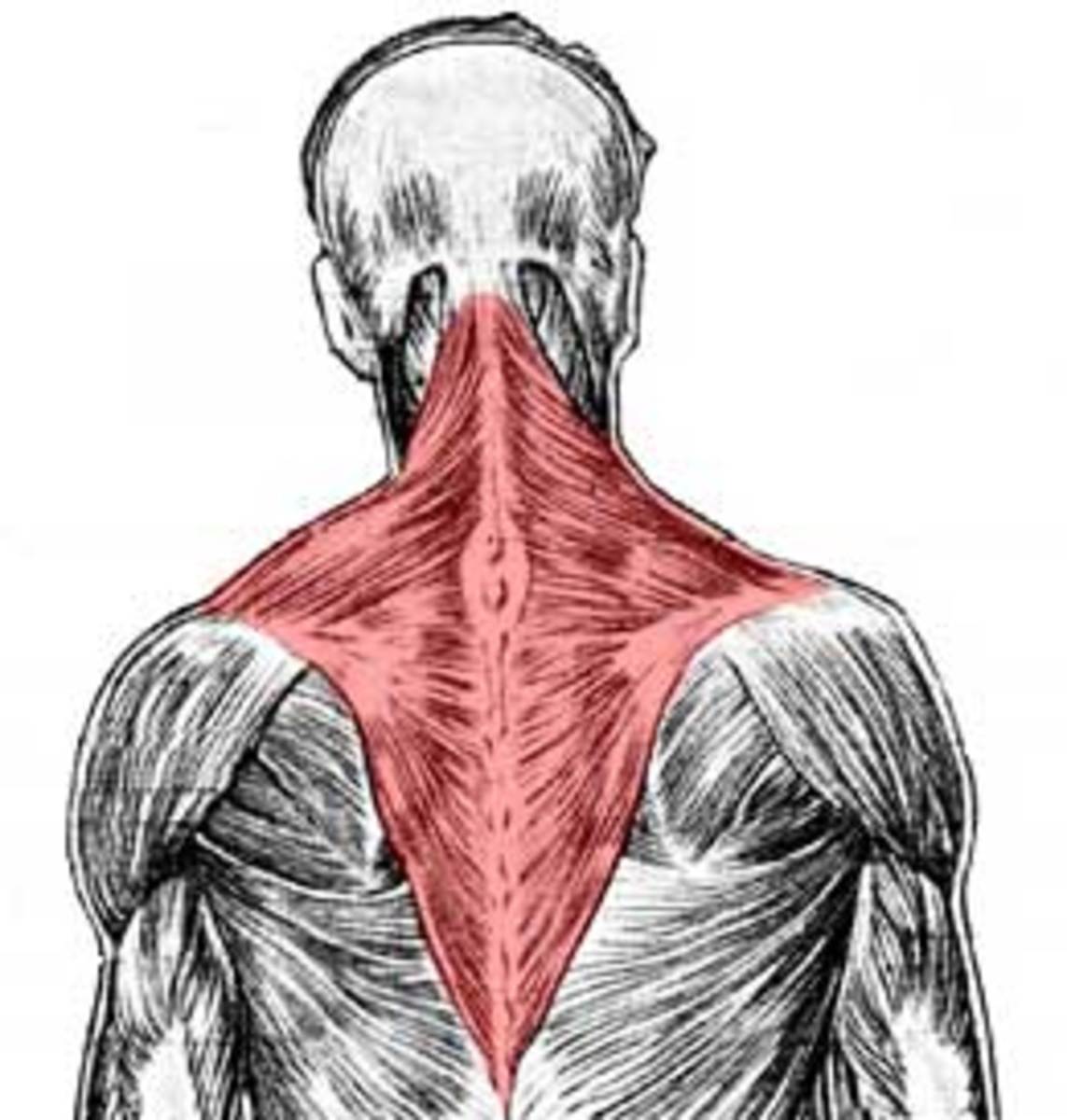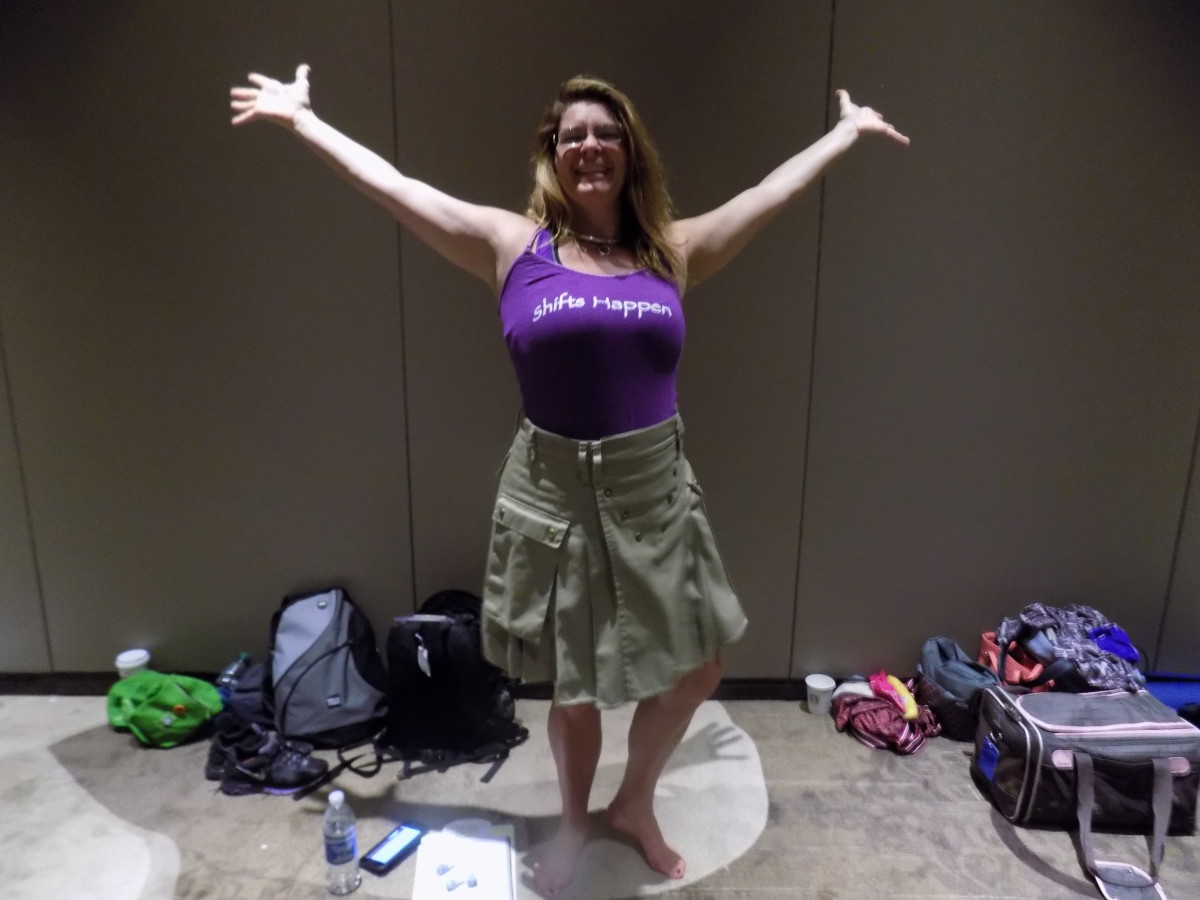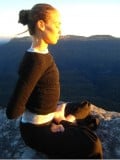Yoga for Neck and Shoulder Pain

Neck pain affects most people at some point in their lives. Yoga can help to banish neck and shoulder pain. Before we can heal ourselves, we need to find the root cause of our pain. This hub will outline the causes of neck and shoulder pain. It will also explain specific yoga poses to prevent pain in the neck and shoulder area.
Let's look at the causes of neck and shoulder pain:
- poor posture
- weak muscles
- tight, stiff muscles
- overusing these muscles
- stress, fear or anxiety
Yoga can help with all of these issues. Yoga can:
- stretch tight muscles
- strengthen weak muscles
- teach proper alignment
- improve posture
- release muscle tension
- release physical and emotional energy blockages
Do you suffer from neck or shoulder pain?
Stretches for the Neck
I have found yoga to be helpful for overcoming all types of pain. However, most yoga videos or classes seem to focus mostly on poses for the legs and arms. I get to corpse pose at the end, and I can still feel the tension in my neck and upper back. If you're like me, try these neck stretches before any yoga class, or whenever your neck feels tight or sore. Hold each stretch for at least 30 seconds.
For the sides of your neck:
- Sit tall. Slowly, gently bend your neck to the left side.
- Don't raise your right shoulder. Instead, draw the left ear down to the left shoulder.
- Place your left hand on above your right ear and pull down gently to feel more of a stretch.
- You can move your head around a little to feel where you need the stretch the most.
- Hold, and repeat on the right side.
For the back of your neck:
- Turn your head slowly, all the way to the left as far as it will go.
- Place your left hand near your right ear and gently draw your ear down.
- Hold, and repeat on the other side.
Now do a couple of slow head circles in both directions. Feel better? Great! Now let's move on to some specific yoga postures for each cause of neck and shoulder pain.
This is the best yoga video I have found online, to reduce neck and shoulder pain and stretch out your legs too.

Poor Posture
Did you know that the way you walk can actually affect your back and neck muscles? Not standing on your feet properly can cause a chain reaction all the way up your body. Repetitive patterns of walking improperly can lead to an imbalance in the body, Years of walking incorrectly cam make your body lopsided. This can lead to pain in the neck, back or shoulders as your body tries to compensate.
Let's learn mountain pose. Also known as tadasana, mountain pose will help you stand tall in perfect posture. Mountain pose is a simple posture that you should do everyday. You can do it any time, any place.Do it whenever you think of it to realign your spine.
Mountain pose is one that looks simple, but is actually hard to do if you usually slouch. Try this yoga video for step by step directions on how to do mountain pose.
Now let's look at rounded shoulders, or forward head.
Forward head is when your head slides in front of your shoulders and your upper back rounds forward. This can cause tension and strain in your neck, shoulders and upper back. It can also lead to headaches, a stiff, sore neck, breathing problems and backaches. People who sit a lot all day, perhaps doing computer work, reading or driving, are especially prone to forward head.
So let's try some back bends to counteract all of this. You can try the first one sitting in your chair:
Sitting back bend:
While sitting on your chair, reach your arms back and grasp the back of your chair. Slowly bend your upper back up and look up towards the ceiling. This will open up the front of your neck. Breathe deeply for 5-10 breaths. It also feels good to clasp your hand behind you and pull them out and up. this will open more of the shoulder area. You should try to do these a few times a day if you work at a desk.
Keep in mind that the body was not designed to sit in one spot all day, even if you are in perfect posture. Remember to get up and move around every so often to keep pain at bay.
More yoga back bends:
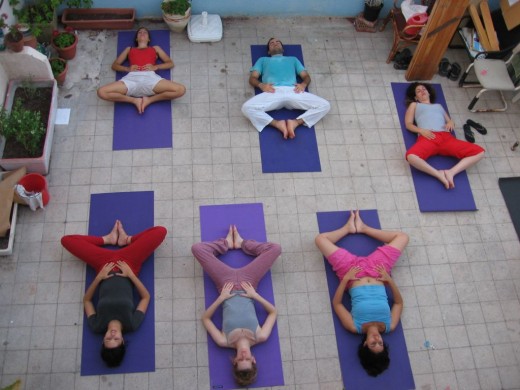
Stress
How does your body react to stress?
We clench or grind our teeth. We wrinkle up our forehead. Our shoulders scrunch up to our ears, almost like we are a turtle trying to hide in our shells.
This all leads to pain in the upper body.
Why do we do it? Perhaps we are trying to protect our heart from any more pain by hunching forward. Or maybe we are having trouble communicating our feelings. Your throat chakra, located in the front of the neck, is the centre for communication. Having your head down to cover it may make you fell more secure.Yoga teaches us to lead with our heart, not hide it.
Relaxation poses in yoga are the most helpful for combating stress. So let's learn the ultimate relaxation pose- shavasana. Also known as corpse pose, shavasana usually comes at the end of a yoga class, so you end on a completely relaxing note. It lets you float out of your yoga class ready to face the day with peace in your heart.
And it's simple to do. All you do is lie flat on the floor with your arms and legs stretched out a comfortable distance from your body. Breathe deeply and try to relax all areas of your body.

